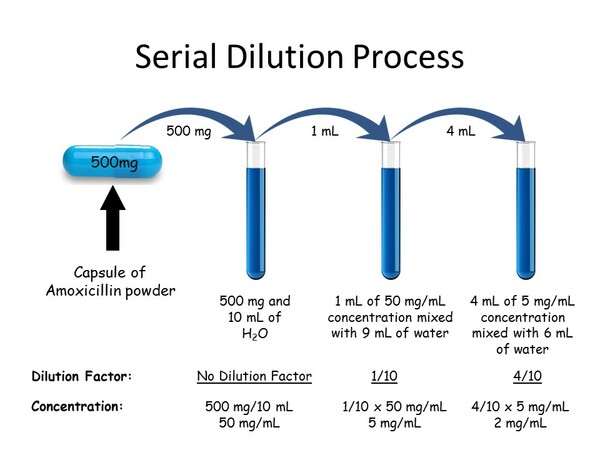The Impact of Antibiotic Exposure and Concentration on Resistance in Bacteria
(1) Classical Charter School, Appleton, Wisconsin, (2) International Center for Biotechnology, Verona, Wisconsin; Cooperative Resources International, Verona, Wisconsin
https://doi.org/10.59720/16-042
How many generations are needed for bacteria to gain antibiotic resistance and to what extent does antibiotic concentration make a difference? To address these questions, pure Escherichia coli was cultured on nutrient agar in the presence of low, medium, and high concentrations of amoxicillin. Surviving bacteria were repeatedly cultured for four consecutive generations, and the sensitivity of bacteria was measured within each generation. We measured antibiotic sensitivity by evaluating the diameter of the inhibition zone around antibiotic-saturated discs of all three amoxicillin concentrations. Although exposing bacteria to extremely heavy antibiotic concentrations resulted in greater inhibition zones around antibiotic-saturated discs, there were no major differences in sensitivity relative to the much lower concentrations studied. We also found that bacteria gained significant resistance upon first exposure to the antibiotic. In fact, the reduction in average inhibition zones was much greater in early generations than in late generations. We conclude that E. coli can gain major resistance upon surviving early exposure to amoxicillin, which suggests that antibiotic courses of medication should be prescribed to completely clear the body of bacterial infection upon first antibiotic exposure.
This article has been tagged with: